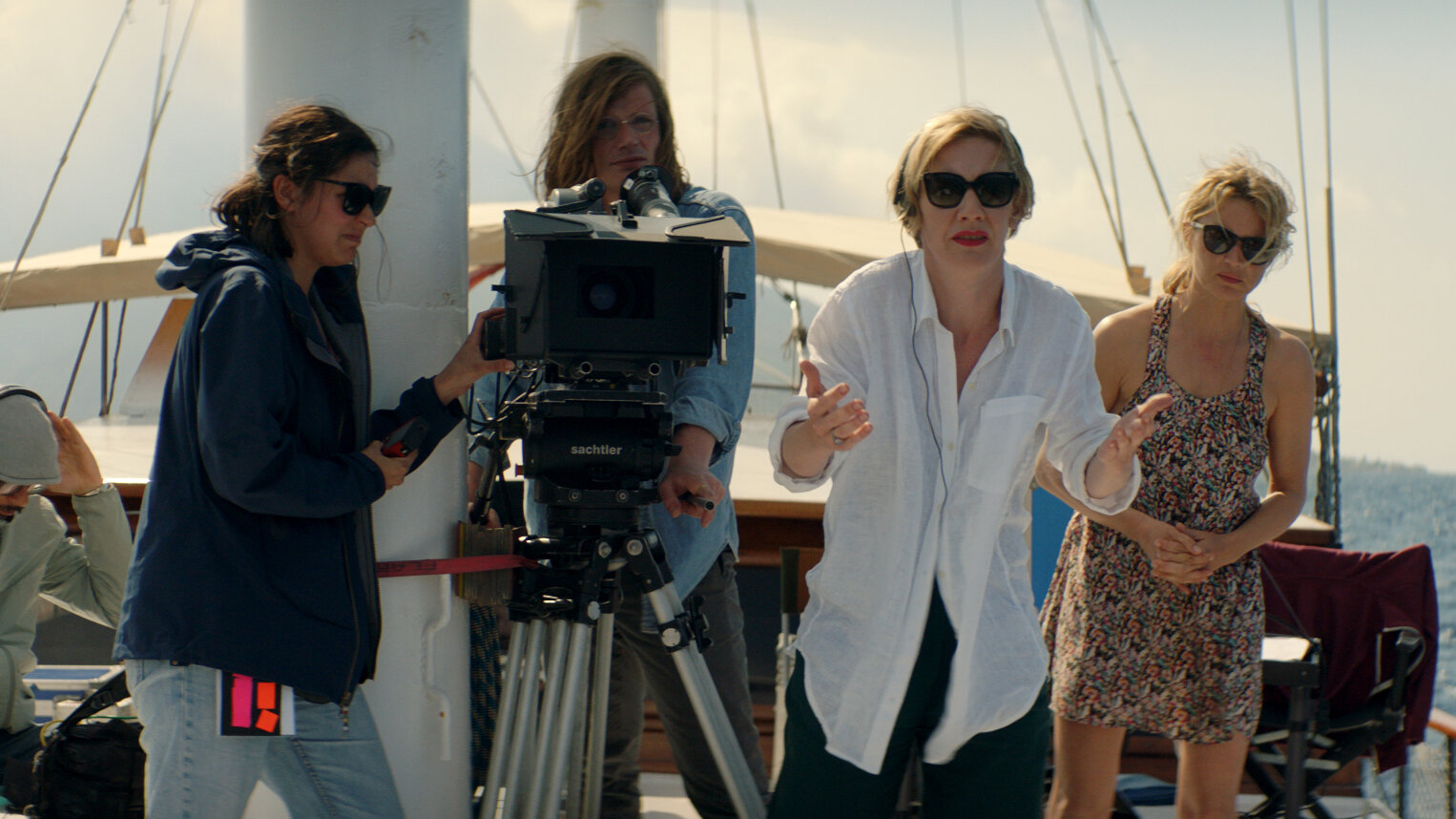Review: 'Sibyl' veers wildly from sex comedy to psychological drama, with an unstable shrink at the center
The French comedy-drama “Sibyl” is borderline crazy, but not for the reasons the title suggests — because this tale of a psychiatrist spiraling out of control has nothing to do with “Sybil,” the famous story of a woman with multiple personalities.
At the film’s start, Sibyl (played by Virginie Efira) is trying to reduce the voices in her life. She’s a Paris psychiatrist who is trying to retire, to give up most of her patients so she can concentrate on writing her novel. But the blank laptop screen intimidates her, and she finds little to inspire her writing in her stable life, married to rock-solid Etienne (Paul Hamy) and being mom to two daughters.
The only thing Sibyl thinks to write about is an old boyfriend, Gabriel (Niels Schneider), with whom she had great sex but also a raging alcohol problem for which she still attends AA meetings.
Then a woman, desperate for a psychiatrist, comes to her office. Margot (Adèle Exarchopoulos, from “Blue Is the Warmest Color”) is an actress in a dilemma: She’s two months’ pregnant, and the father is Igor (Gaspard Ulliel, from “Hannibal Rising”), a very famous actor who’s married to Mika (Sandra Hüller, from “Toni Erdmann”), the director of the movie in which Margot and Igor are currently working.
Against her better judgment, and the advice of her own shrink (Arthur Harari), Sibyl takes Margot’s case, and starts weaving elements of Margot’s story into her novel alongside the scenes with Gabriel. When Margot threatens to do violence to herself, Sibyl hops on a plane to the Mediterranean, where Mika is shooting the finale of her movie. Mika knows about Igor’s affair with Margot, but holds back her rage because her only concern is getting her movie finished.
Director Justine Triet, who co-wrote the screenplay with Harari, fashions a sharp, sometimes funny and often intense story of desire, whether for sexual fulfillment, emotional clarity or the muse to strike. Sibyl’s involvement in Margot’s life — and, as things proceed, Mika’s movie — lead the good doctor to spin out spectacularly, and much of the enjoyment is watching Efira (who worked with Triet on “In Bed With Victoria” in 2016) try to keep going as it all collapses around her. The observation that we’re all actors in our narrative, and some are better at faking it than others, is what propels “Sibyl” to a smart, and emotionally resonant, ending.
——
‘Sibyl’
★★★
Available Friday, September 11, in the Salt Lake Film Society’s virtual cinema. Not rated, but probably R for strong sexuality, language and mature themes. Running time: 101 minutes; in French with subtitles.







